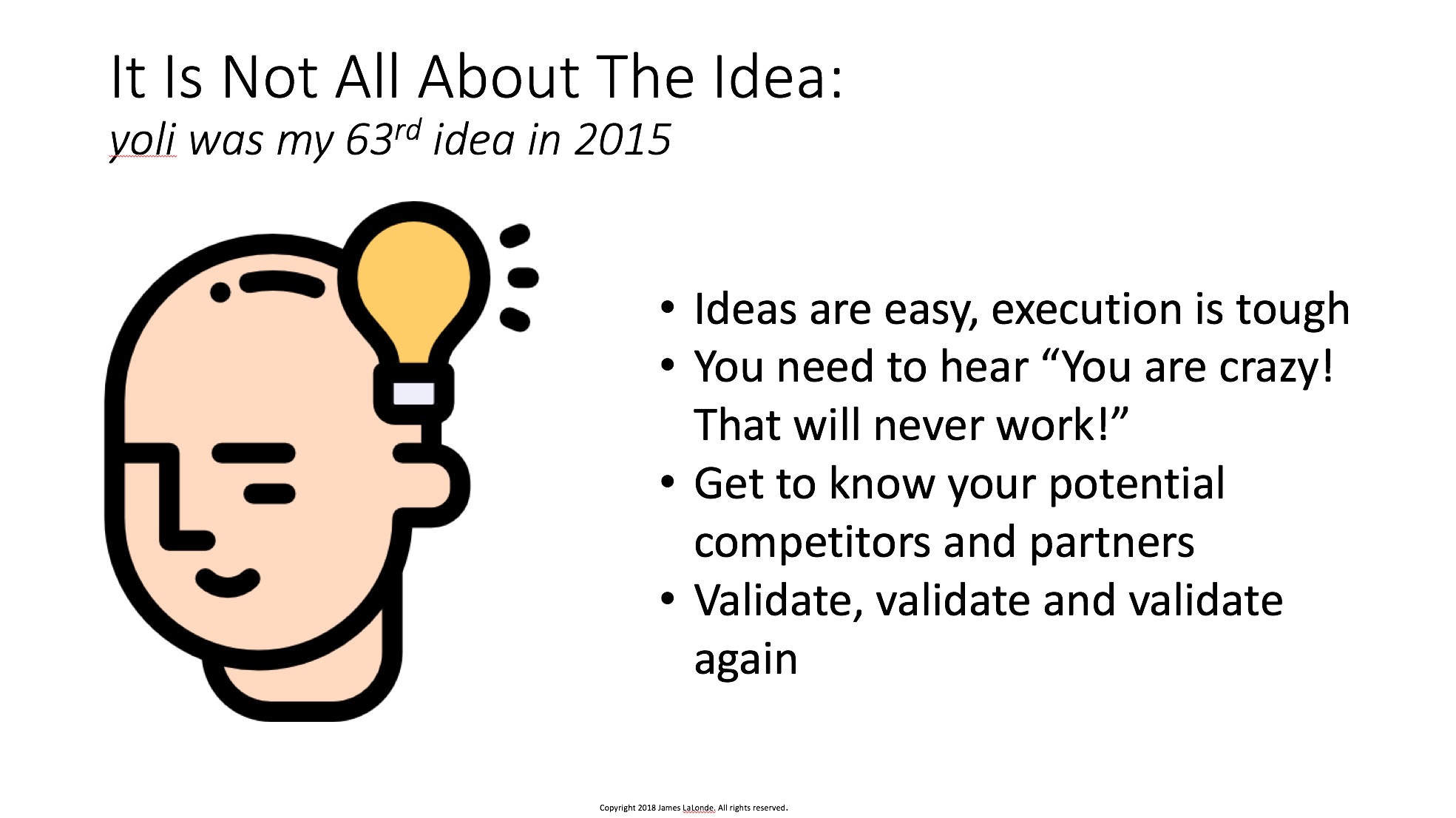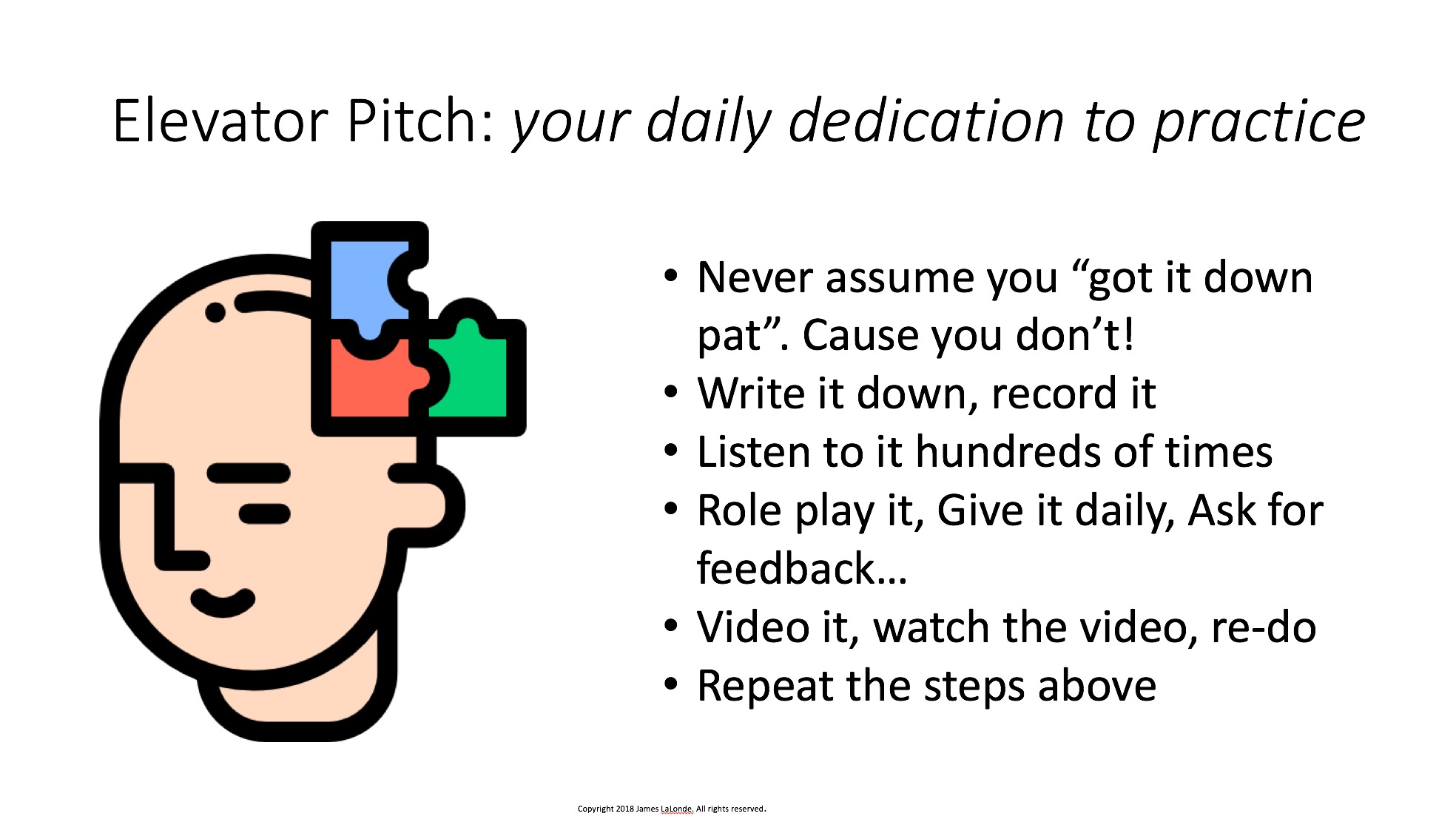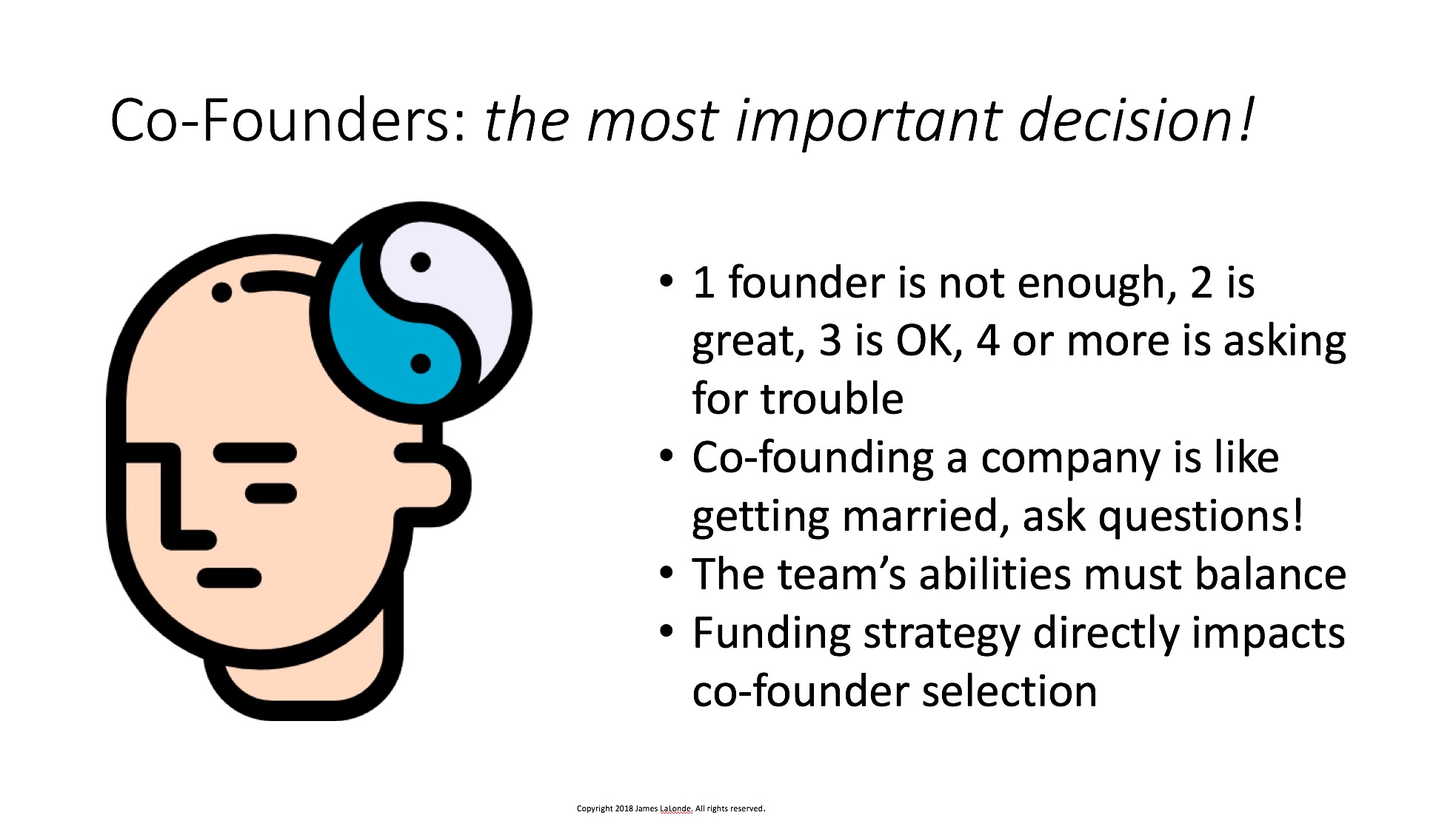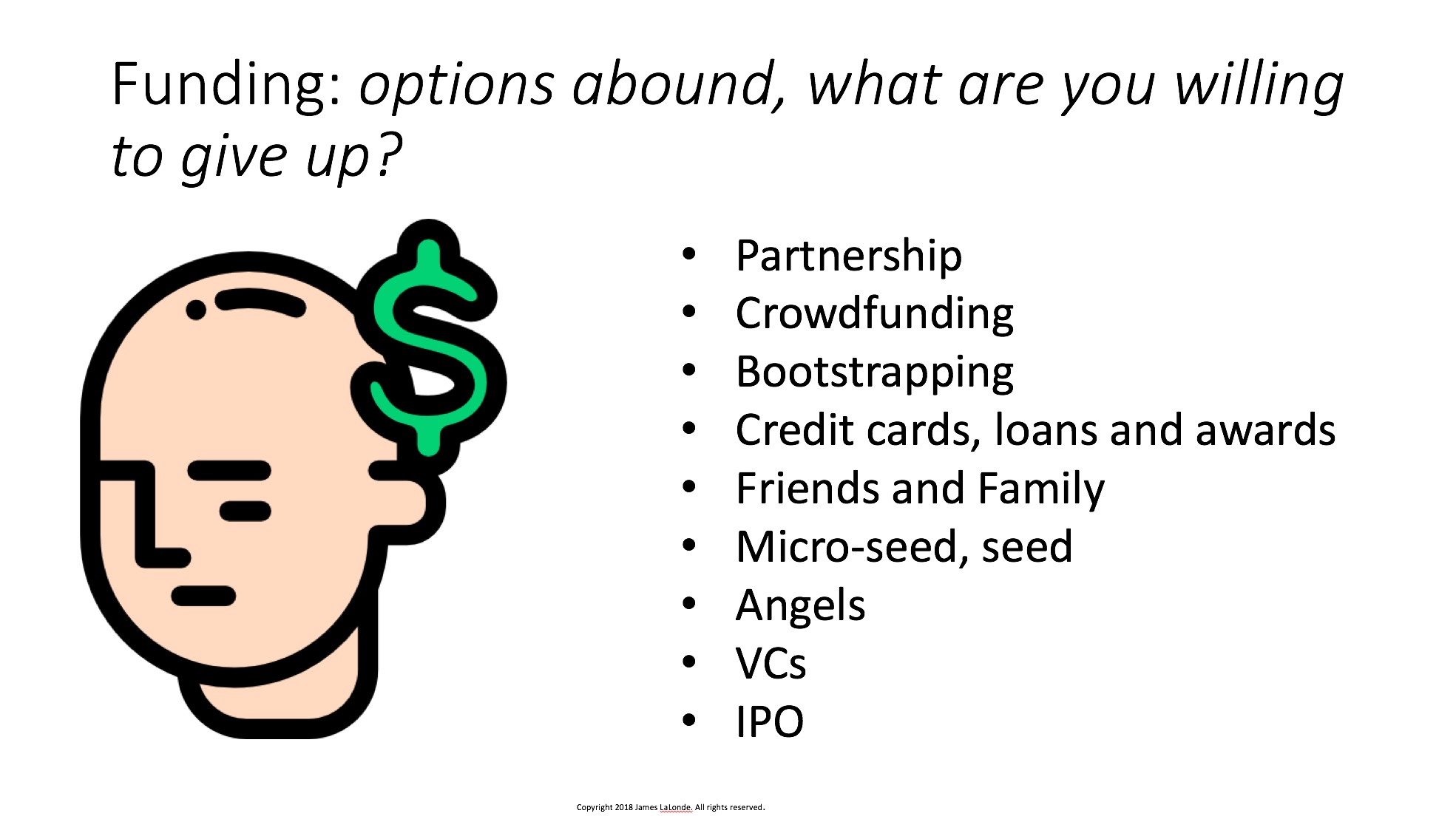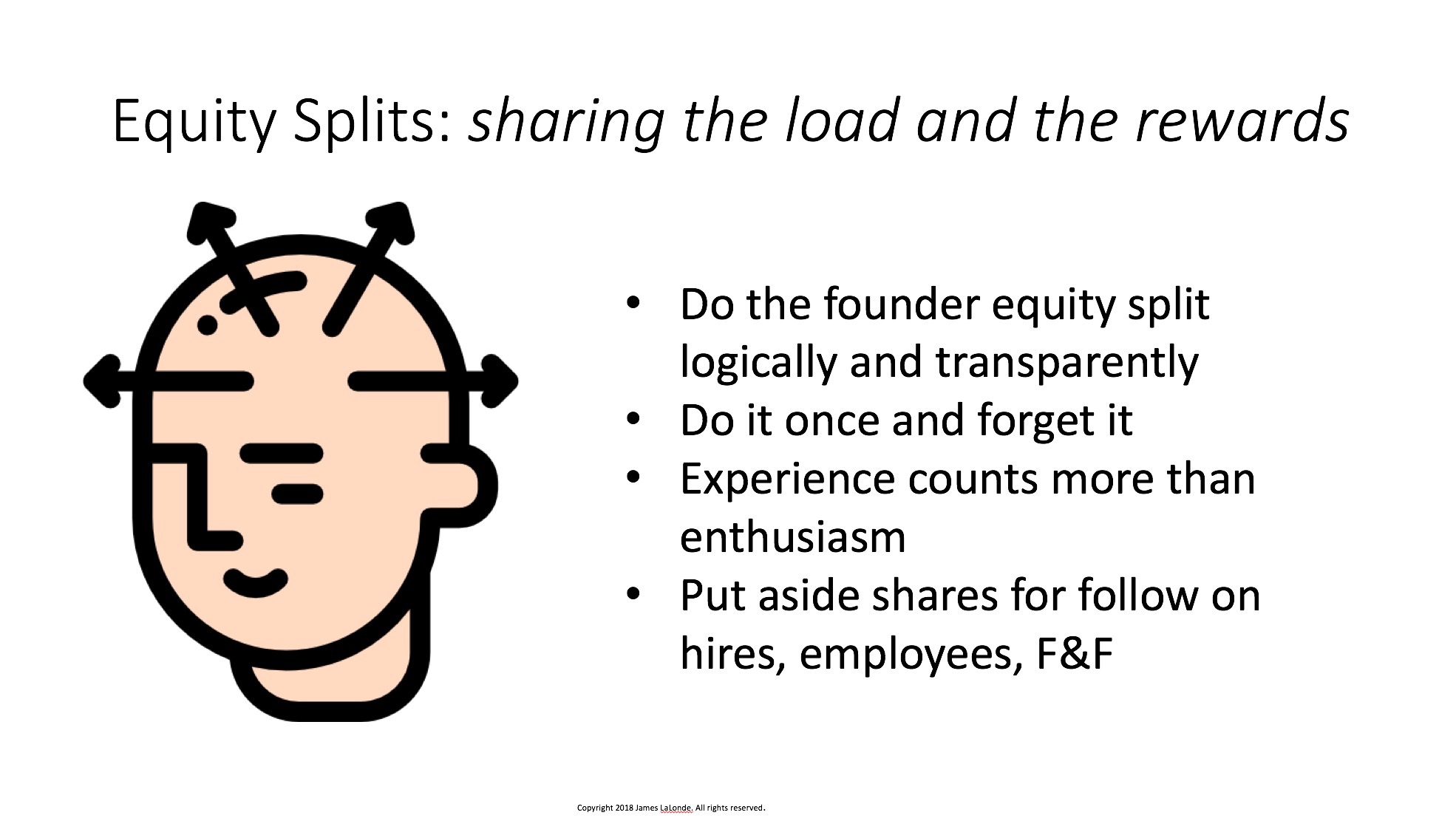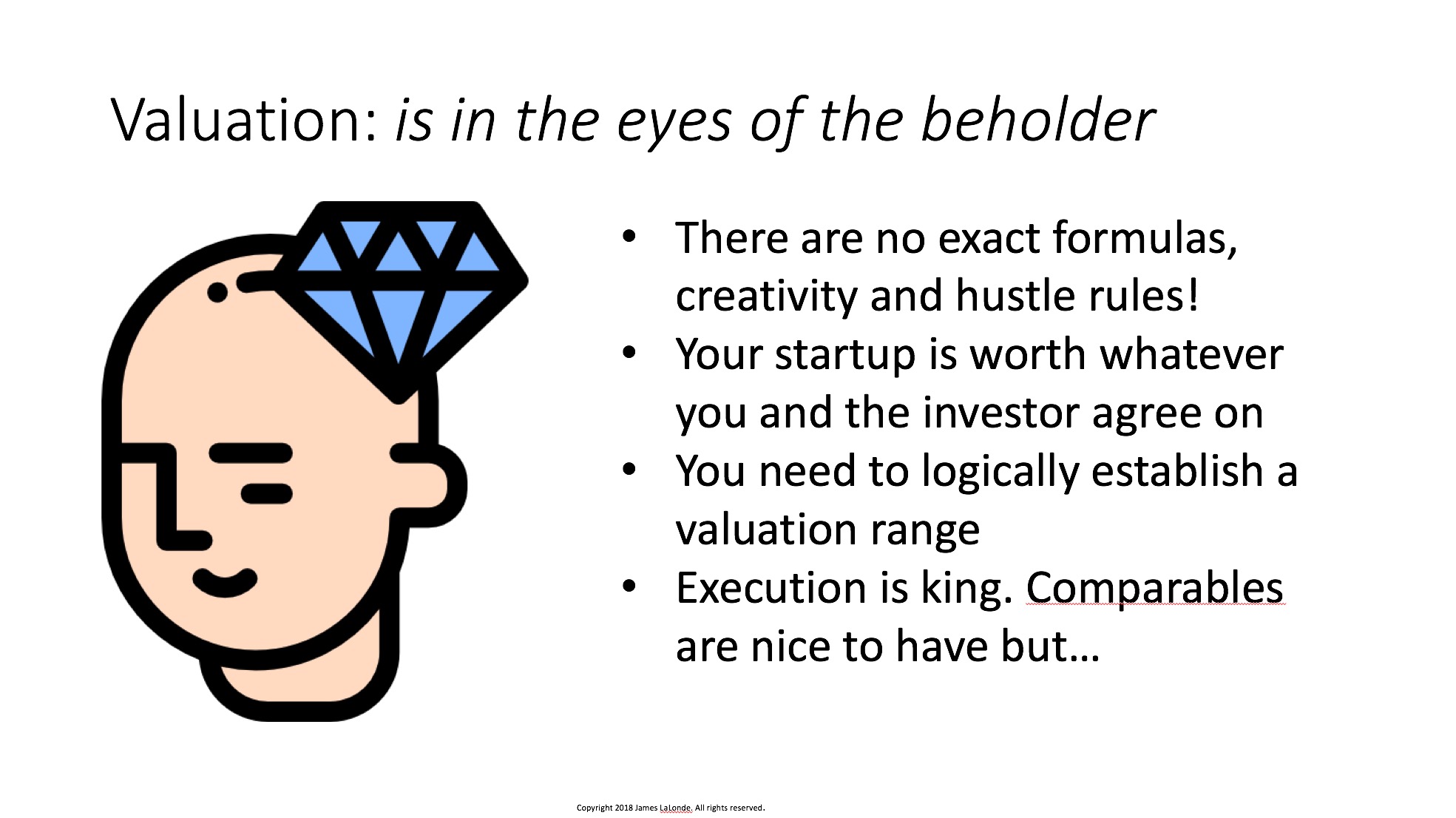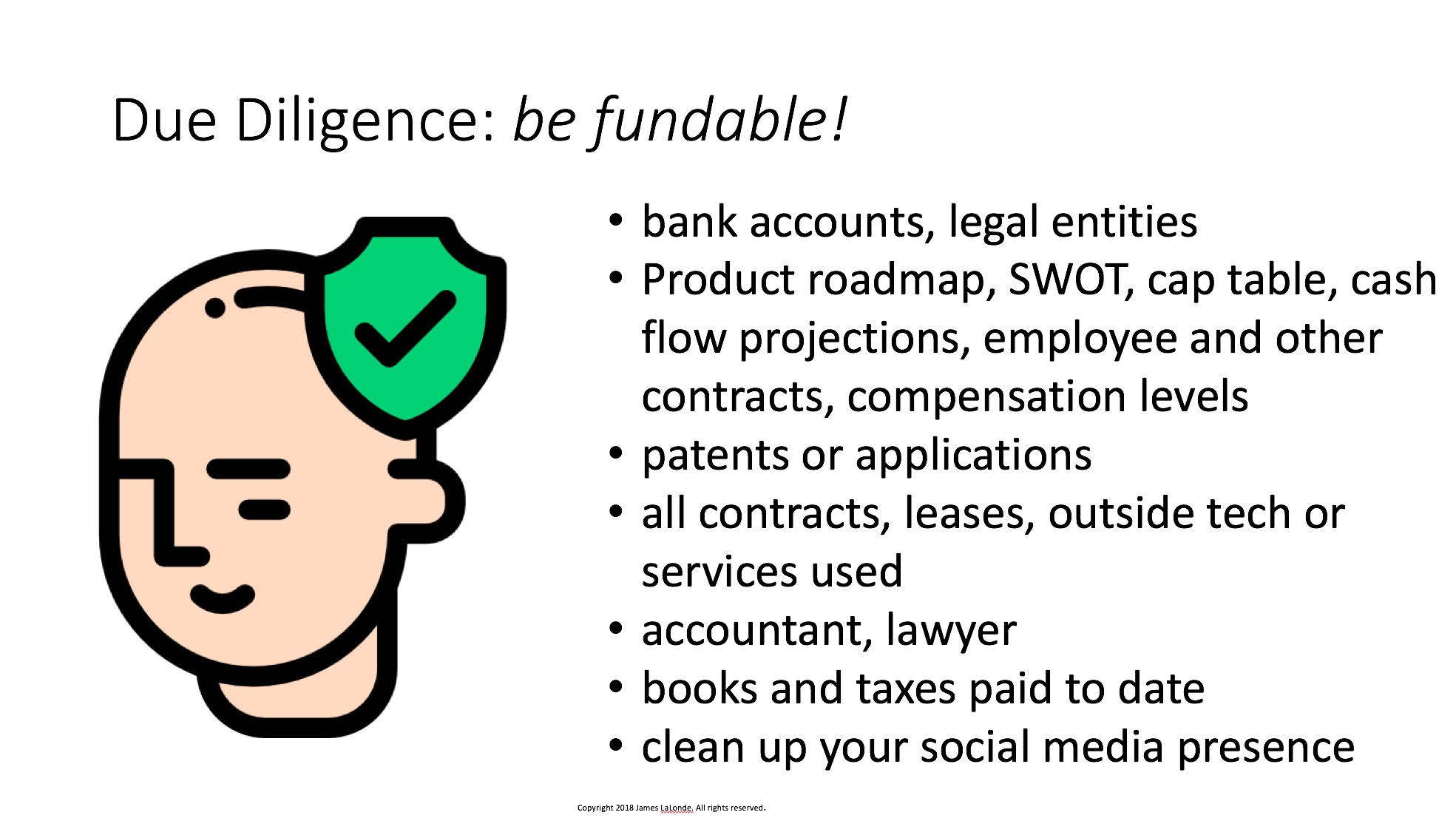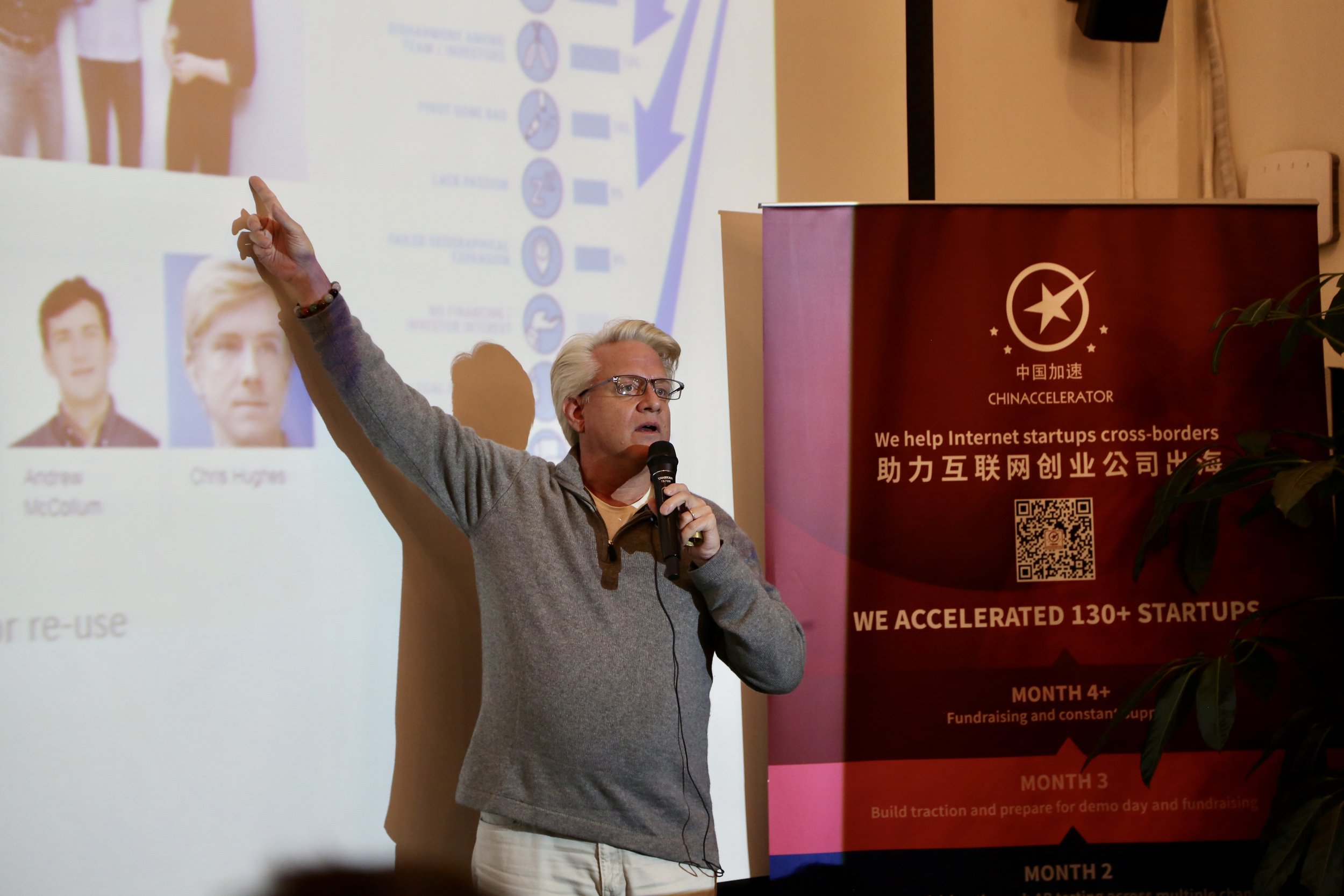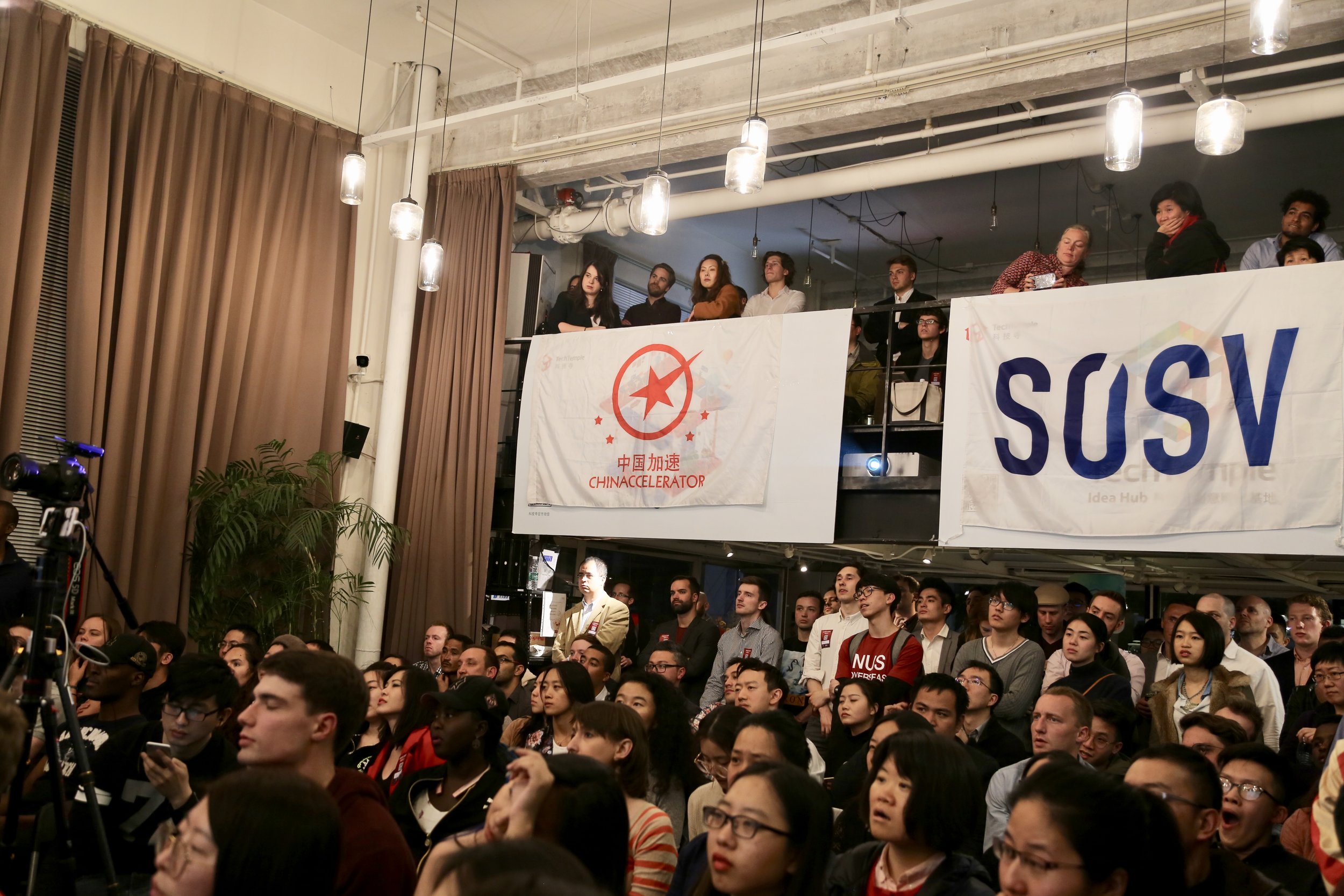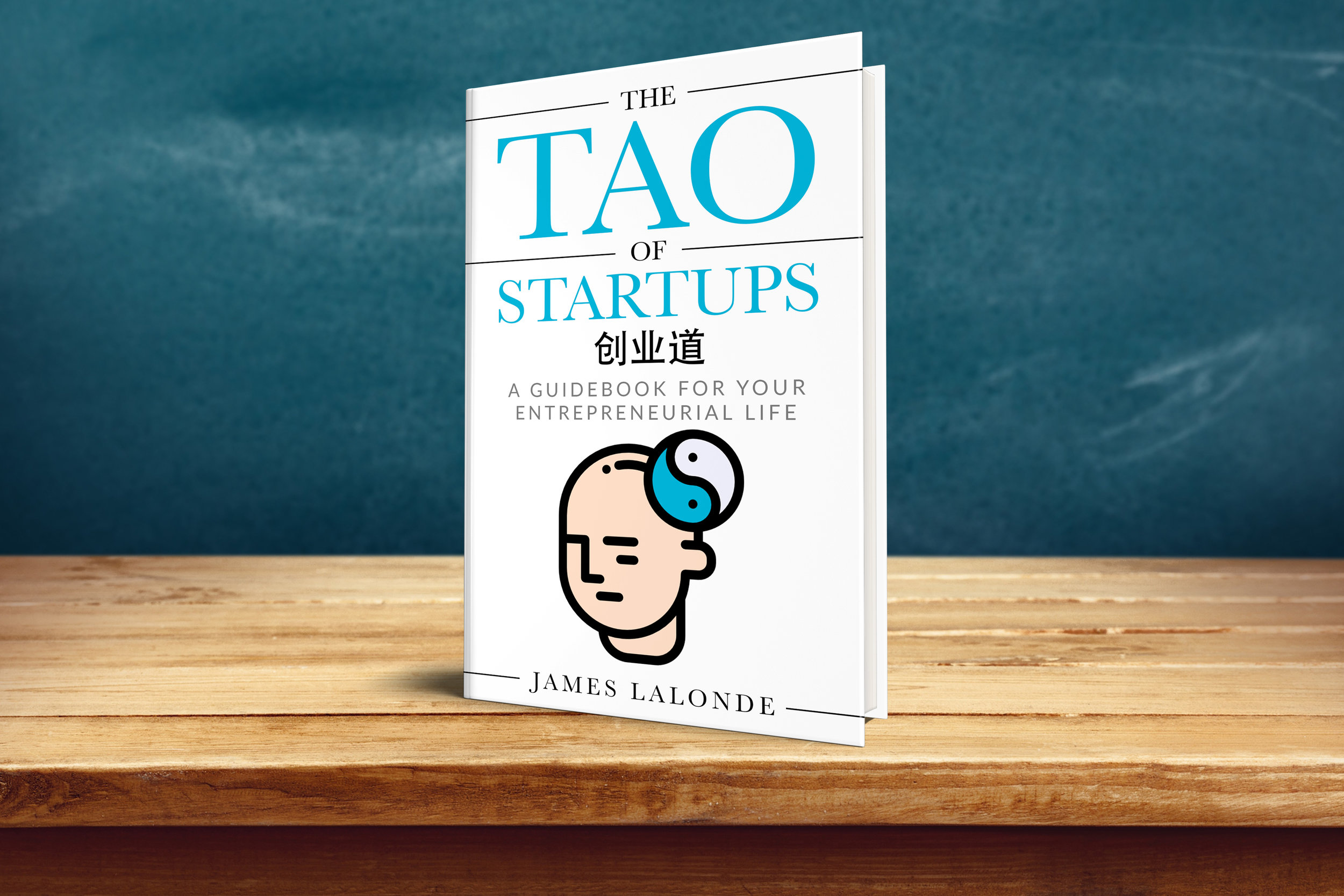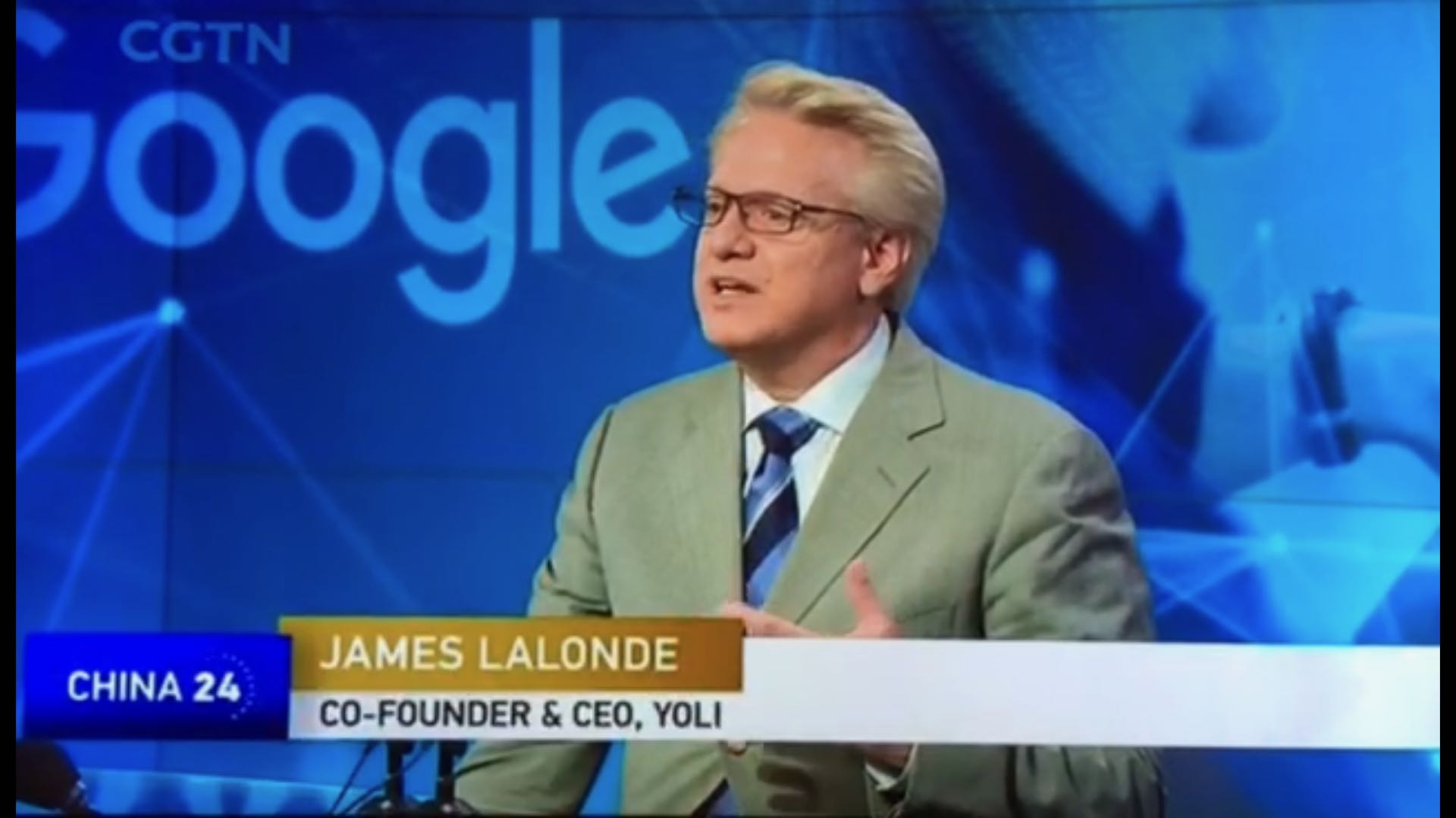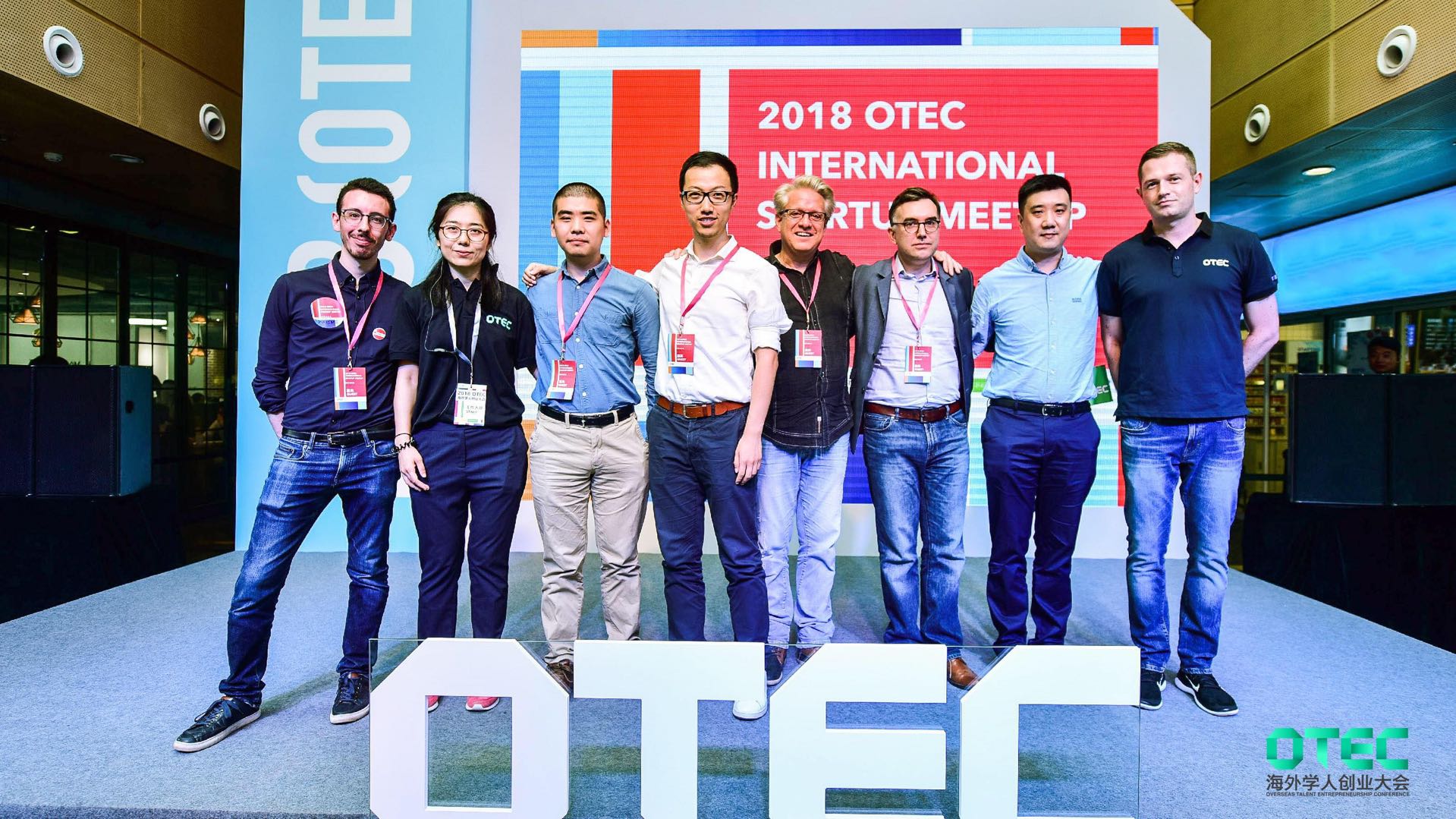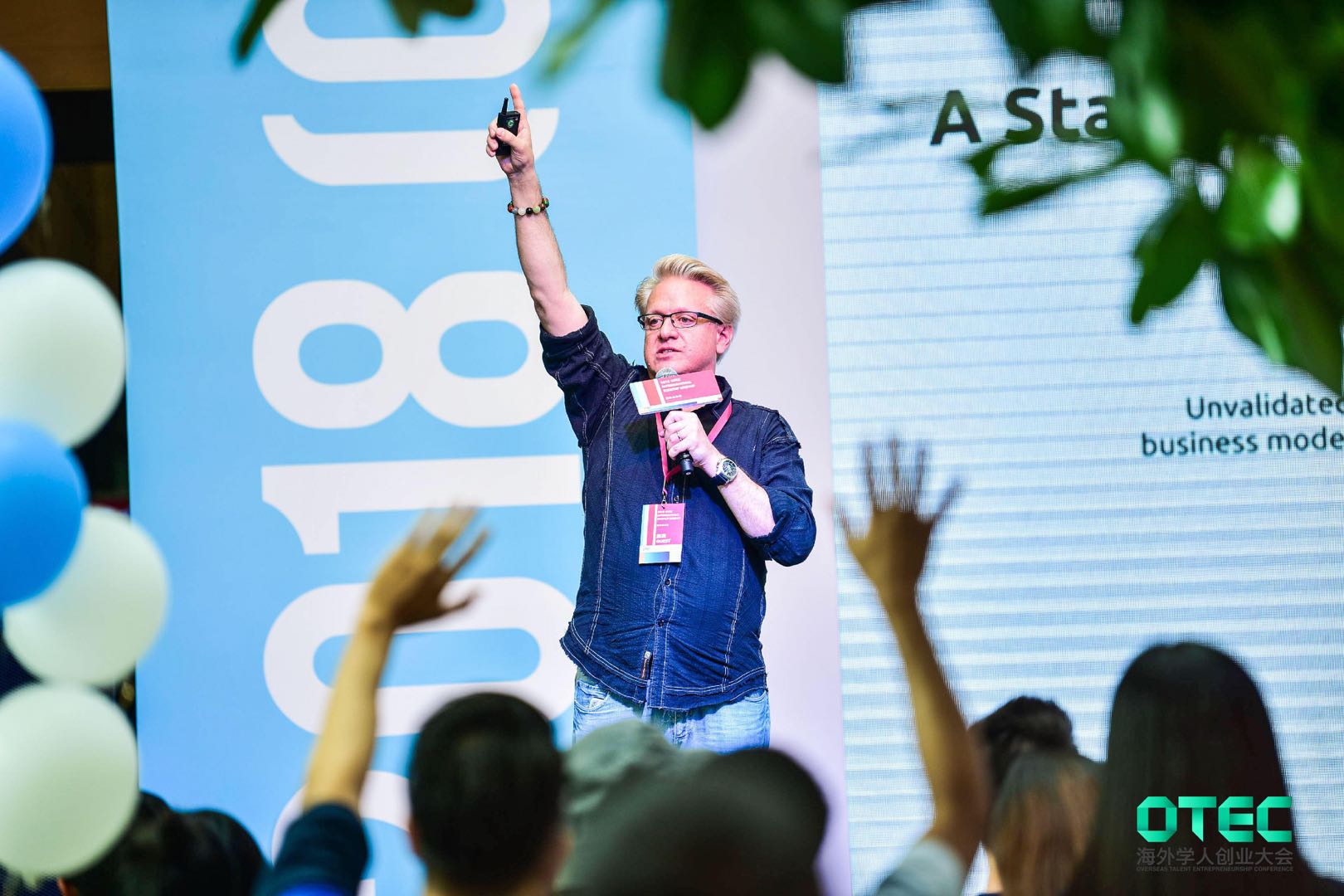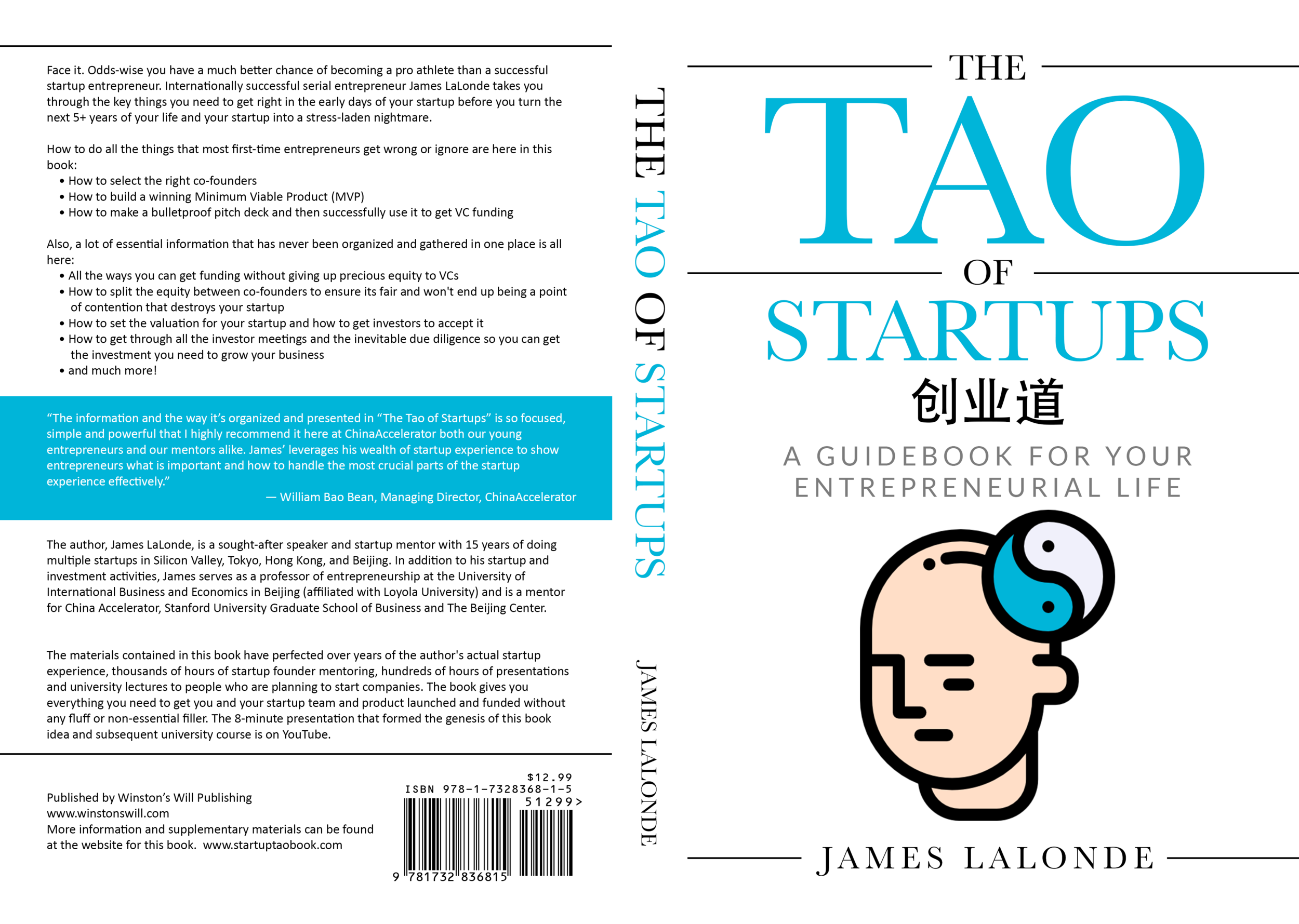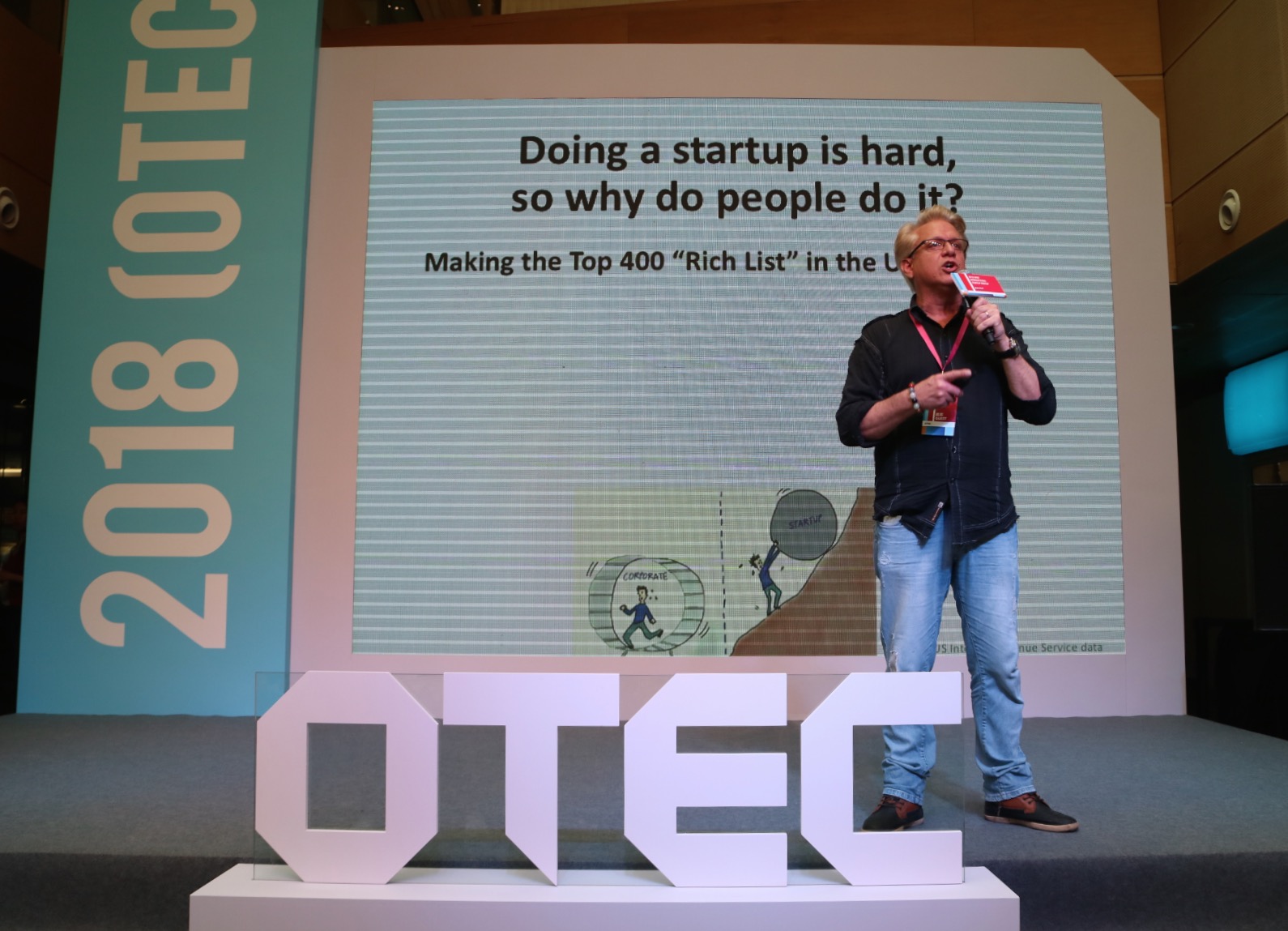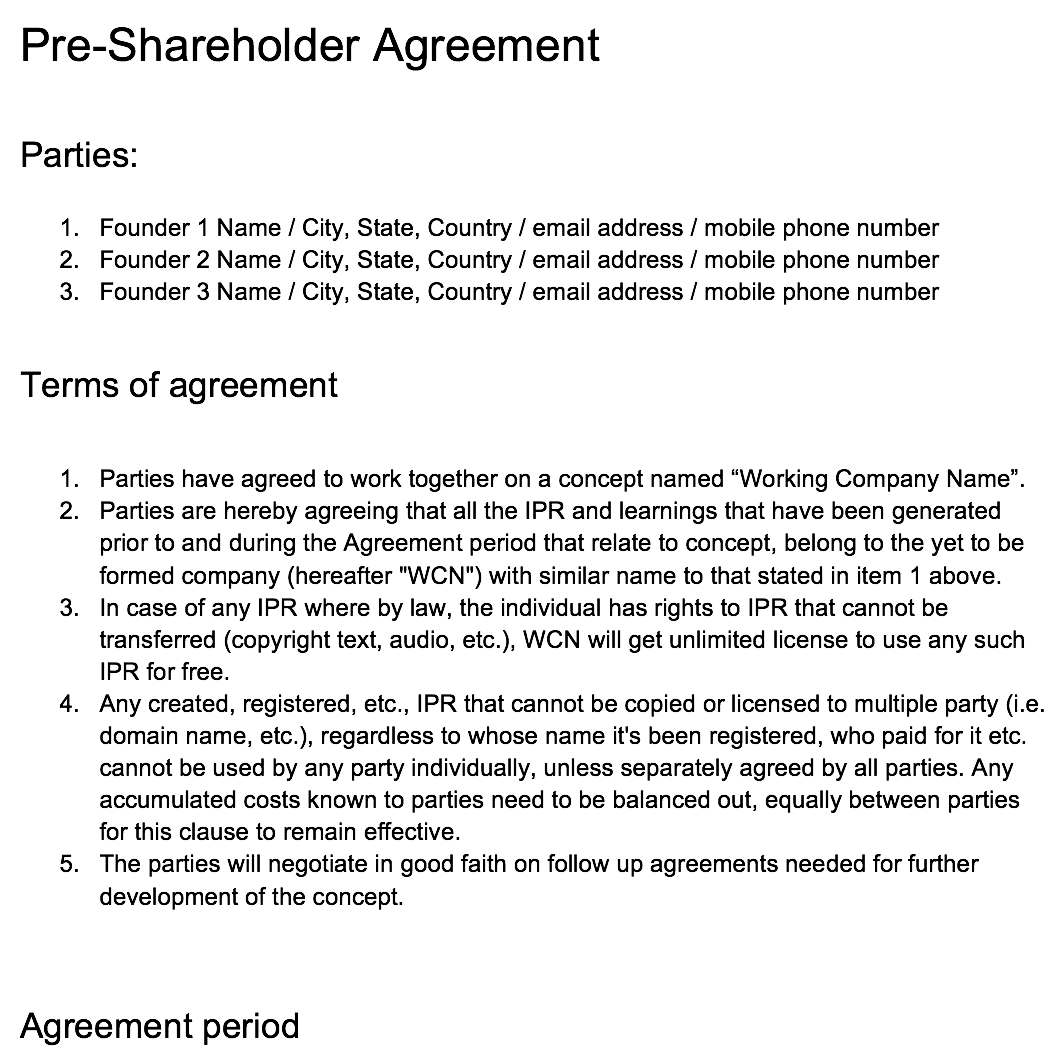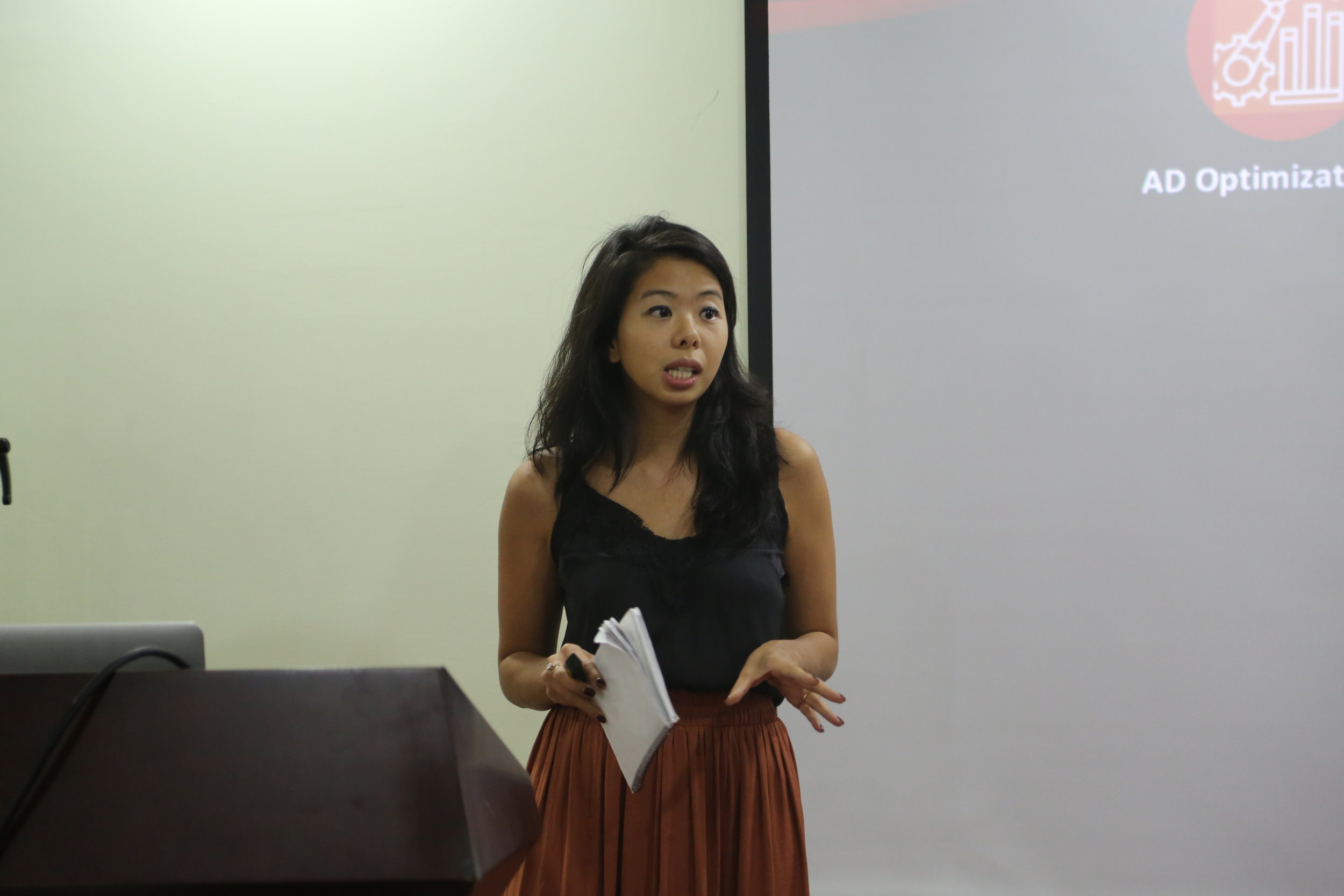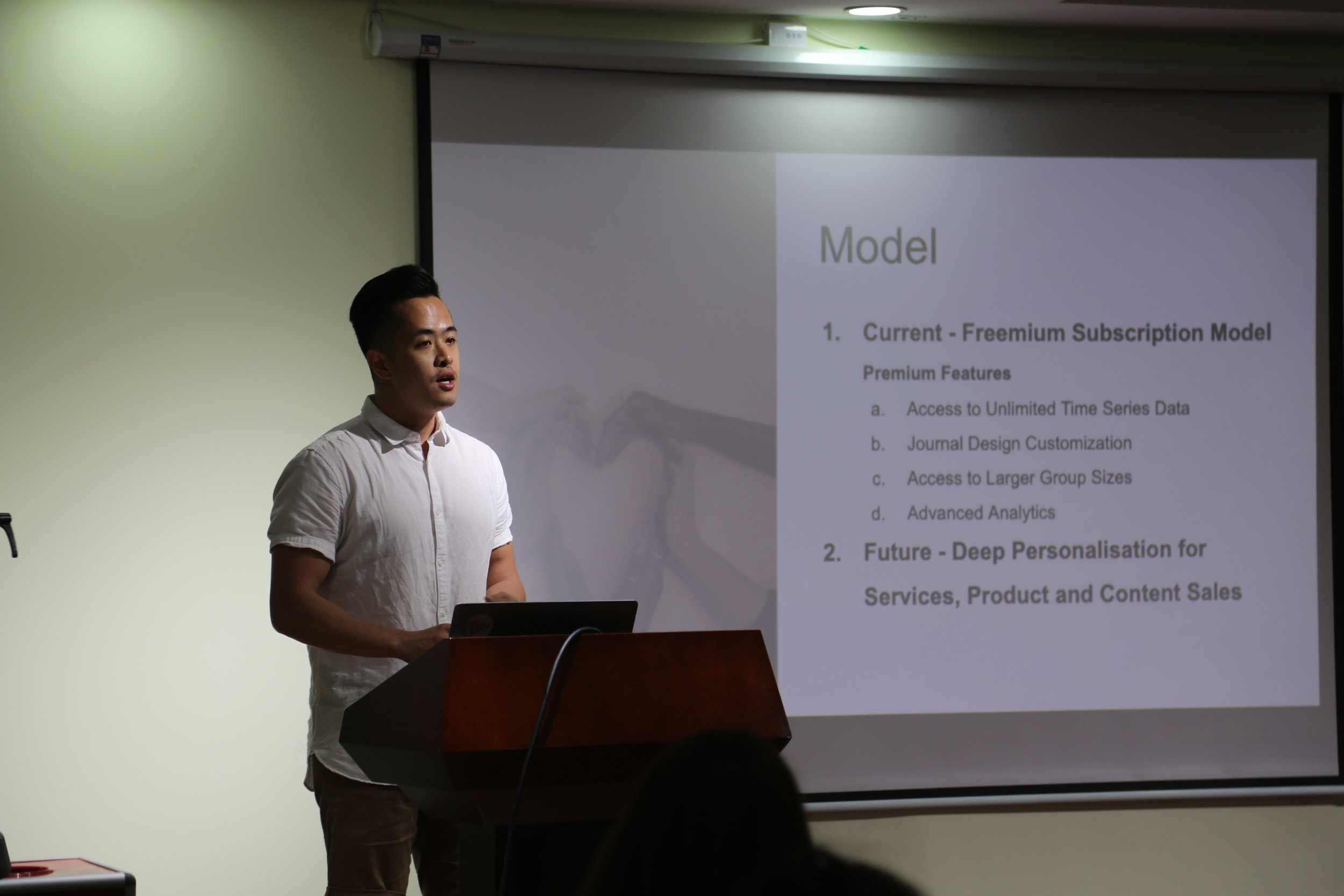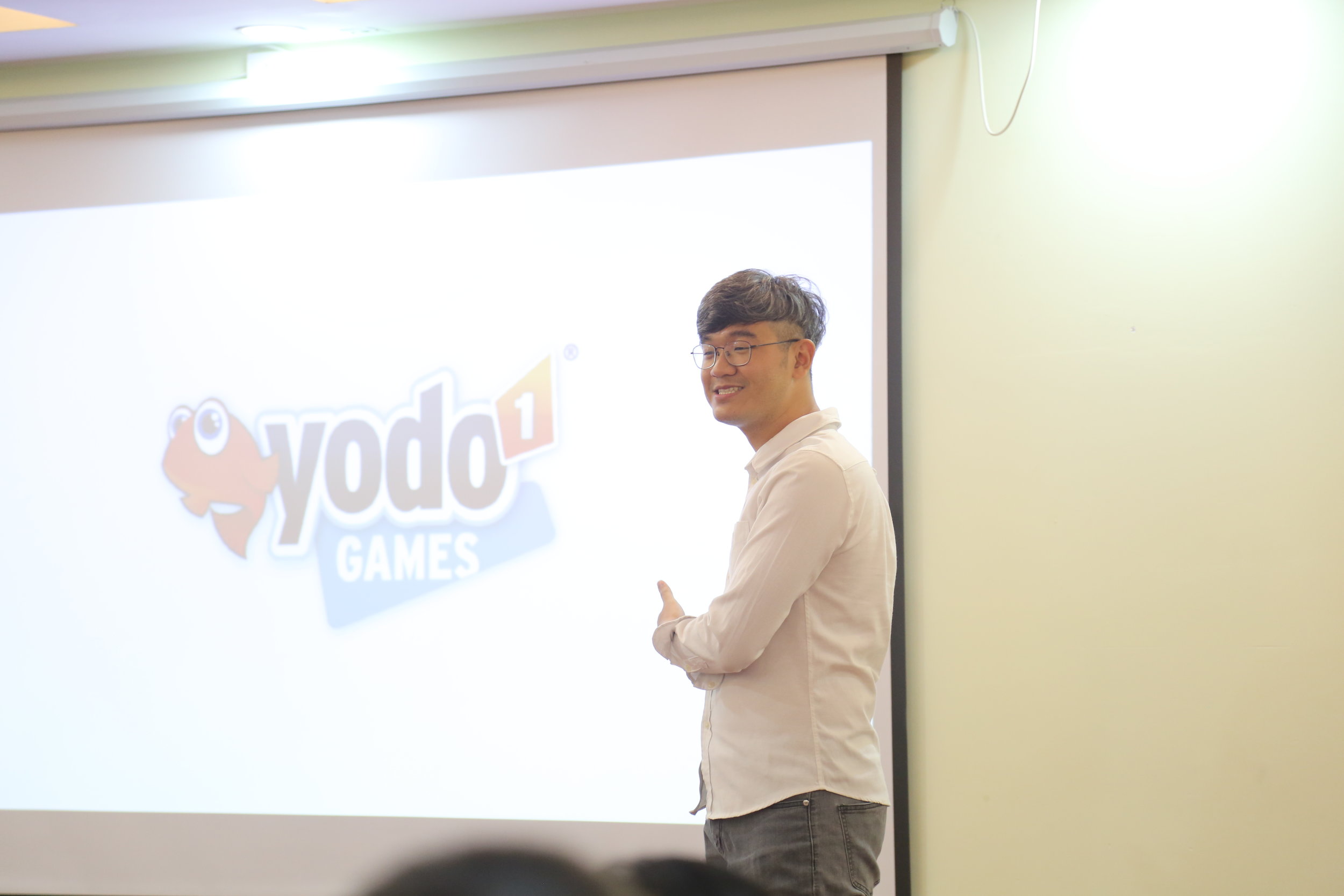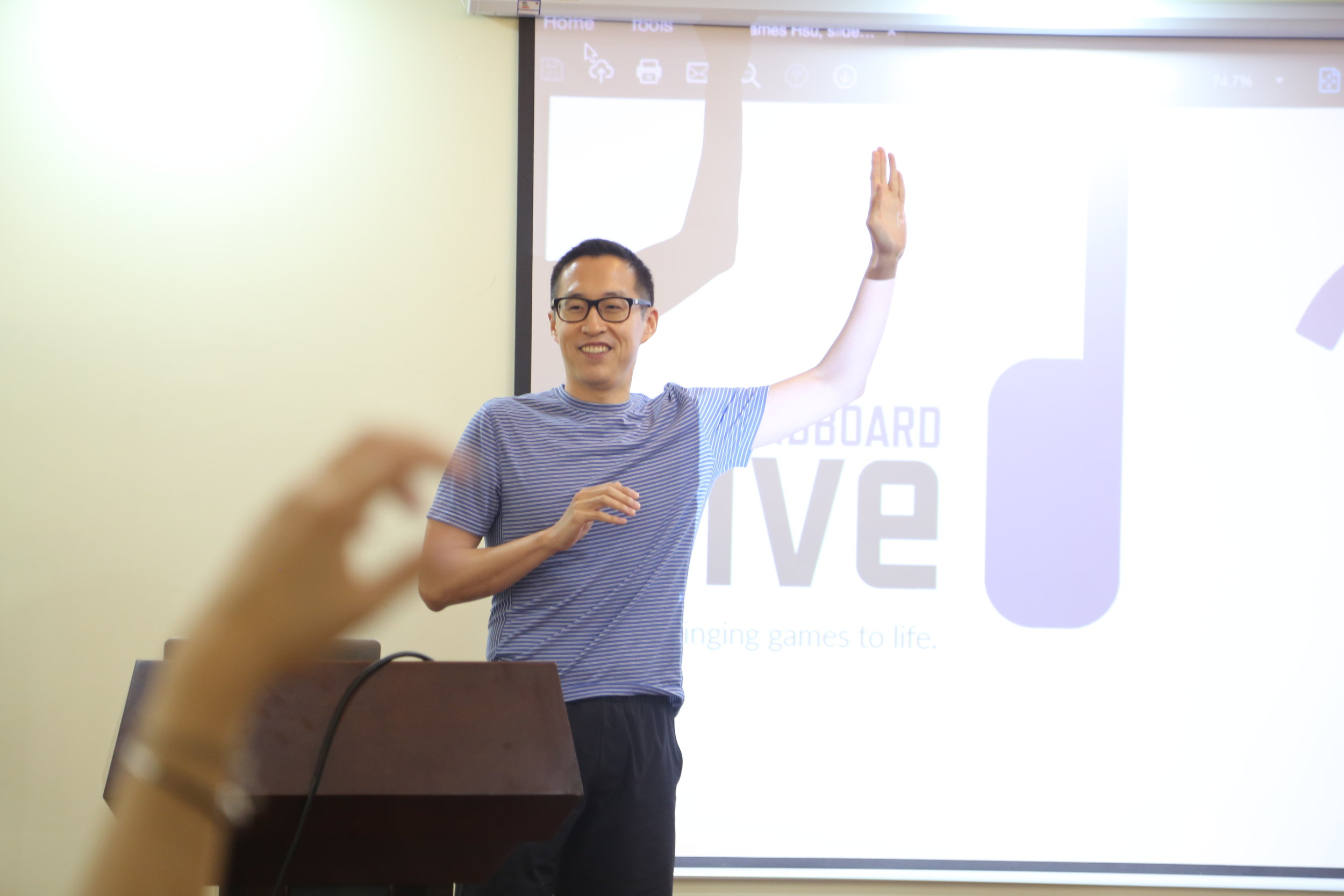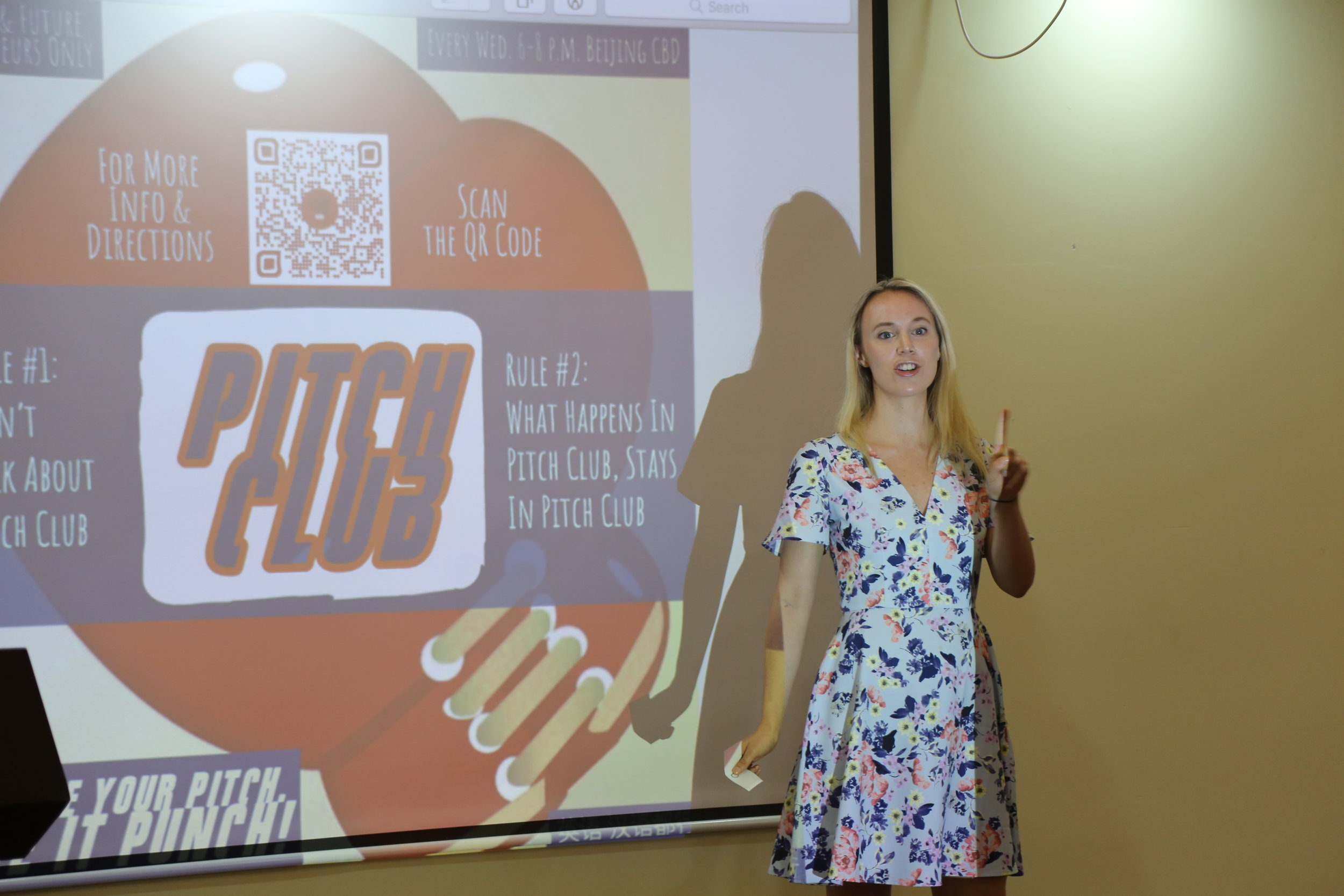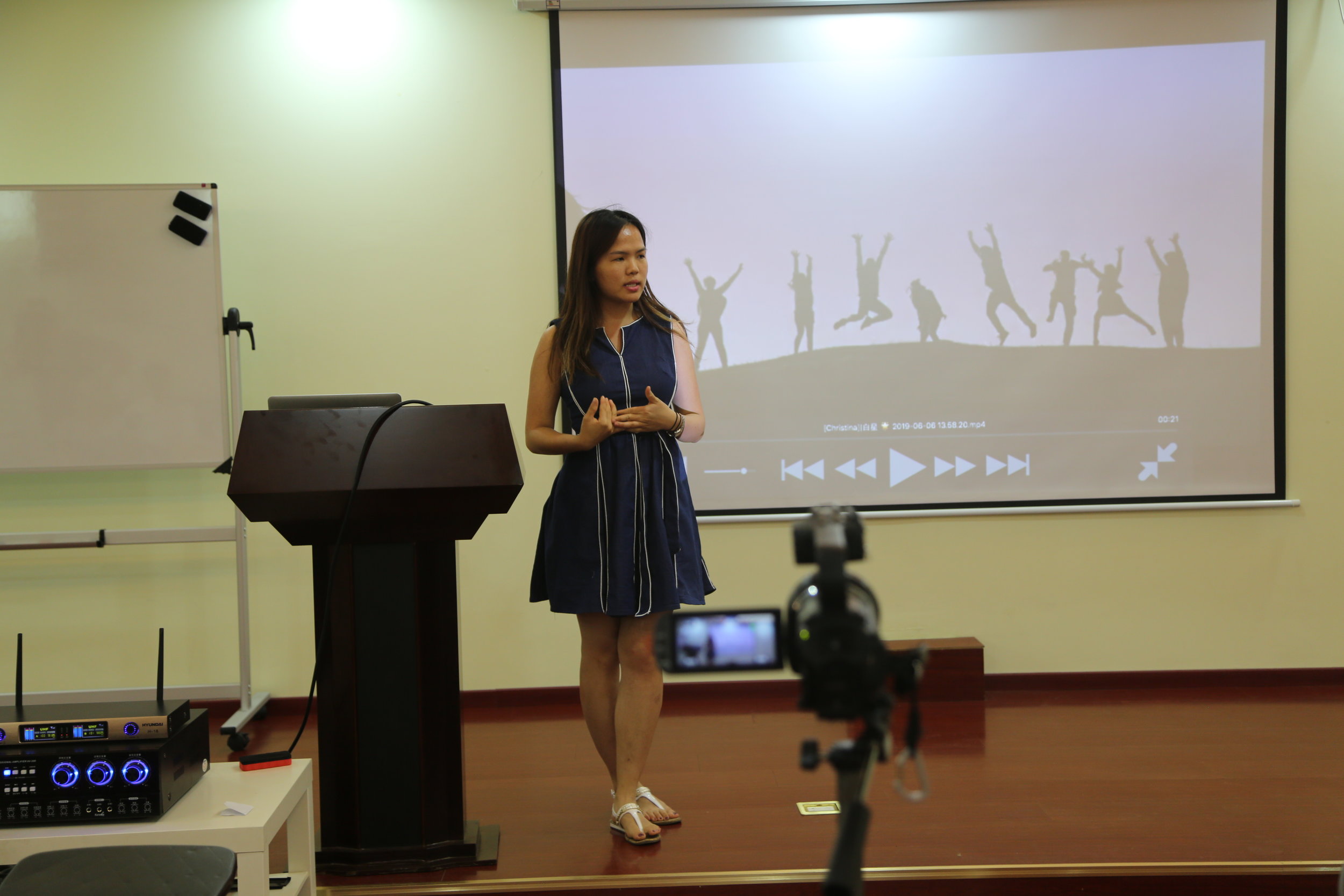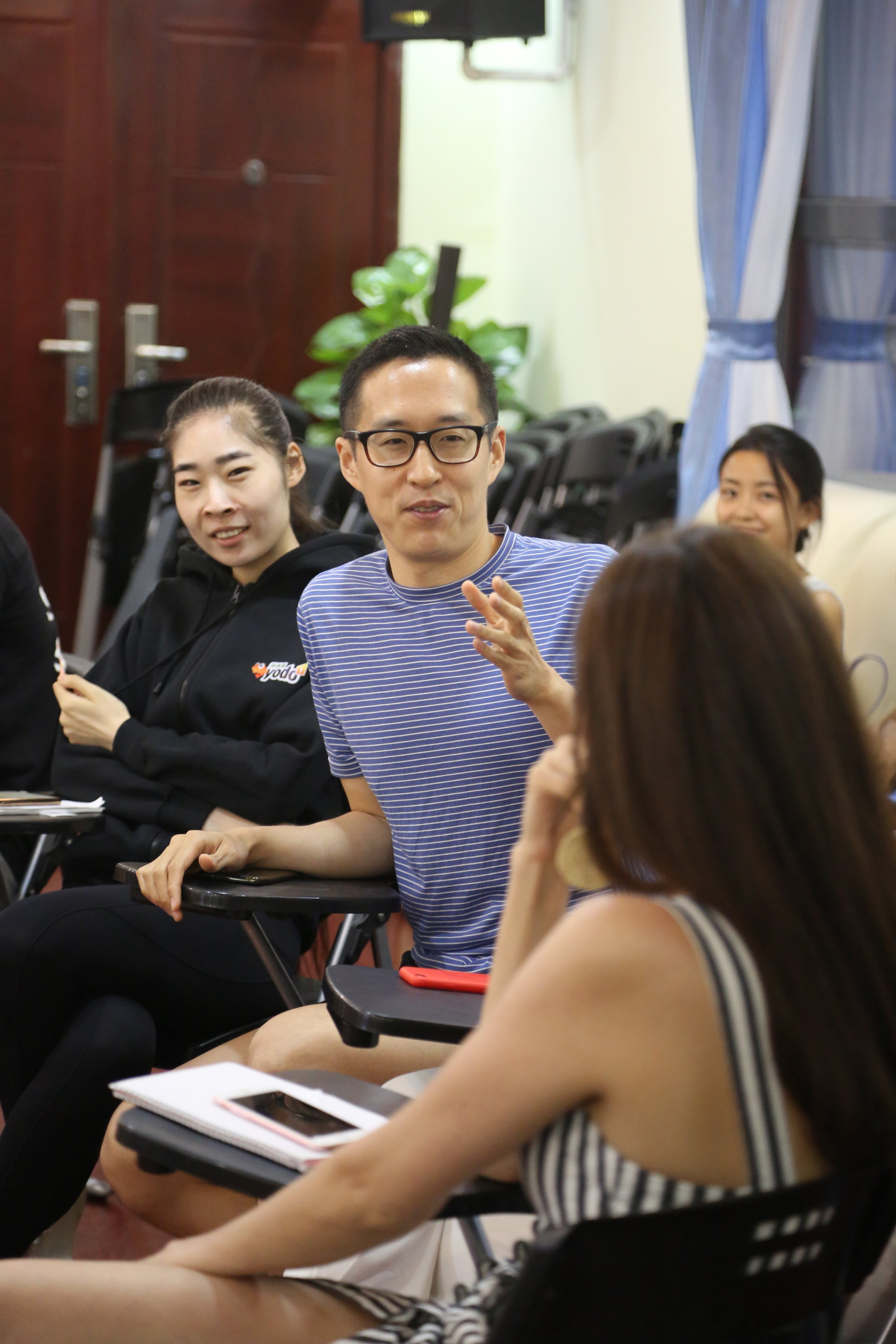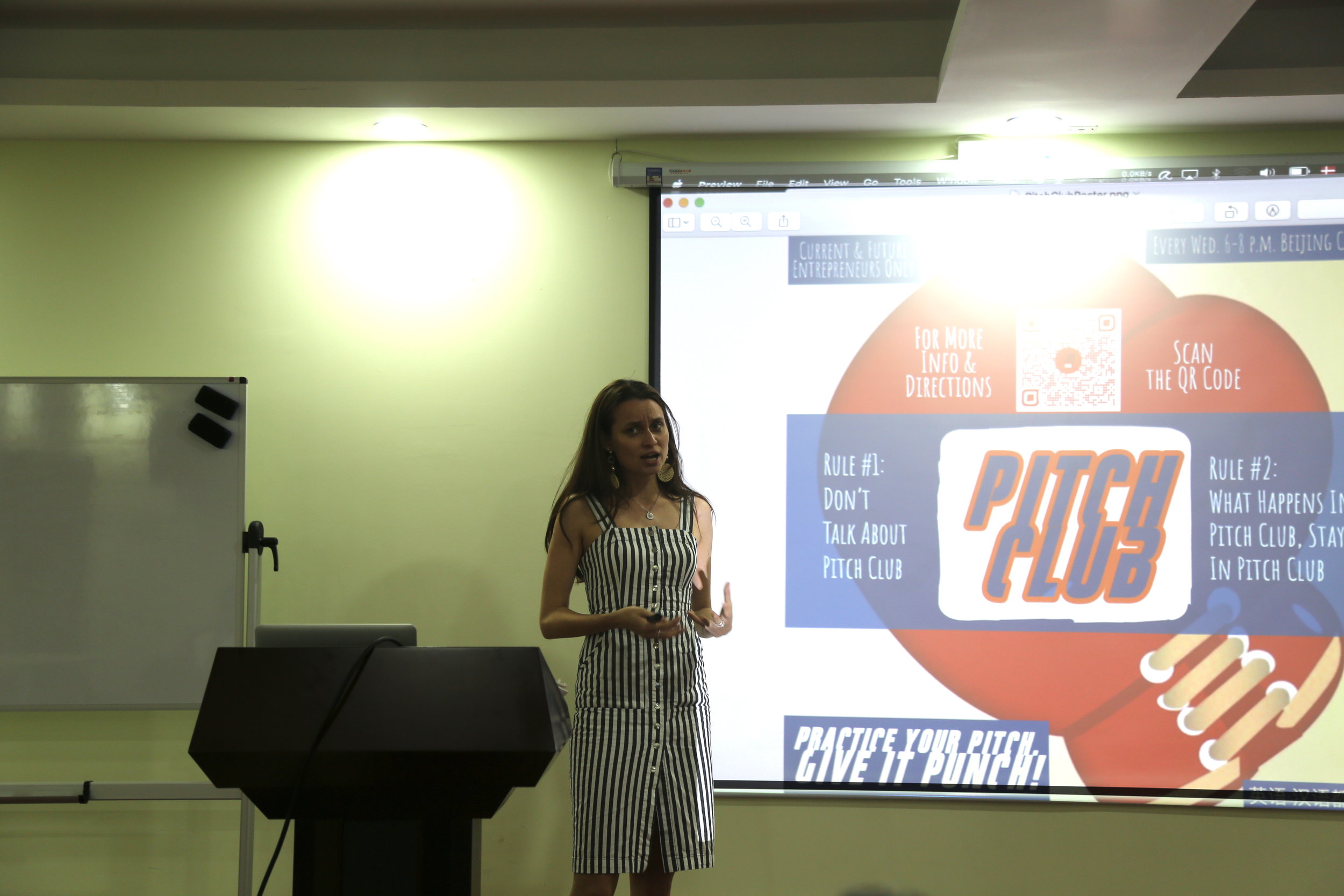The IDEA
In the startup world, there is a lot of talk about the original “idea” or the “big idea”. Actually, the original idea is just a seed. It is a very small thing that has some potential. Just like the tree that grows large from a single seed does not in any way resemble the original seed; the idea looks very little like the final product. So, in a startup it makes no sense to focus too much on the original idea or who had it first. There is nothing new under the sun. You are not the first person to think of the idea, nor is it your first idea. The trick is to choose the idea you want to build a startup on, validate it properly and then EXECUTE. A startup is all about execution, not the original idea.
THE Pitch
The best way to test and refine your idea is to pitch it. If you don’t do the hard work on this part you WILL miss valuable opportunities. All entrepreneurs should work on refining and perfecting their elevator pitches. Make it something you do every day like brushing your teeth. Like a yoga practitioner, practice every day. I do. I will take the video of this speech today and watch it several times by myself and with others who will give me feedback. Feedback and constructive criticism is essential! Seek it out, proactively.
The Founding tEam
Assembling the right founding team is the most crucial decision would-be entrepreneurs face. It impacts almost everything you do in the beginning. You need to get this right! In China and around the world I do workshops focused on this particular topic. The best idea in the world and the best elevator pitch cannot be turned into reality without a good, balanced founding team. No one remembers the other co-founders of Facebook. Nor should they, because Facebook didn’t need 5 co-founders. Only two people of the five still work there today. Out of the top 20 reasons startups fail, most have a component that is related to founder issues. Don’t do a startup by yourself. If you are trying to do a startup by yourself it tells investors that you can’t convince anyone to join you, or your idea is bad, or both. The only one person startups are artists or consultants.
THE MVP (minimum VIABLE PRODUCT)
Elon Musk famously said he never created a business plan. I don’t think you need to either. But you need to think seriously about your “business model”. You need to explain it to investors as it evolves. However, I find most first time entrepreneurs are intimidated by this. So, in the early stages of a startup you should spend time on what I call the “inverted T”. These are the core areas (value proposition, revenue, costs) you really need to have mastered when recruiting co-founders, investors, etc.
The PItch Deck
Yes, you need a good pitch deck. A pitch deck overview tells the world who you are and what you intend to do. But no startup ever got funded on a pitch deck alone. The average VC spends less than 4 minutes looking at a pitch deck. Sending a pitch deck to a VC can only give them a reason to NOT invest in your company. While a good pitch deck may pique an investor’s interest, a decision to invest will not be made just by seeing the pitch deck. Investors invest in people, not pitch decks. Spend some time crafting your pitch deck, show it to people, get good feedback and update it frequently. Personally, I almost never just send a pitch deck to an investor without a meeting first.



